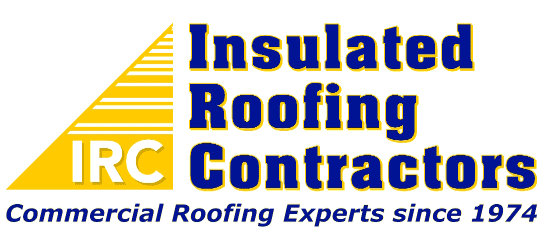The Most Advanced Roofing System
Spray Polyurethane Foam is the best roofing material on the planet–we believe that wholeheartedly. Let’s look at what makes spray foam so great, and why we believe in it so much.
Sprayed Polyurethane Foam can be installed quickly, doesn’t require tearing off your old roof system, and provides the best insulation properties of any roof system once installed. On top of all this, because it doesn’t have any fasteners or seams, both leaks and repairs of a SPF roof are extremely rare.
Spray foam is a great fit for both new construction and retrofit applications. In new construction, some sort of roof deck – often metal – must first be installed before the foam can be applied. In retrofit, or re-roof, applications, the foam can be applied directly to the existing roof in many cases. Both applications are a great fit for spray foam thanks to its unmatched versatility.
Benefits of an SPF Roof
Sprayed Polyurethane Foam (SPF) is a roofing material that can be installed quickly
Doesn’t require tearing off your old roof system
Provides the best insulation properties of any roof system
Doesn’t have any fasteners or seams
Both leaks and repairs of an SPF roof are extremely rare
As the foam cures, it expands to approximately 20 times its original mass for increased integrity
The highest R-value of any roofing material on the market
Extreme Weather resistant
No Downtime
Weather Resistant
No Leaks or Repairs
Safety Checks and Warranty
IRC is the largest spray foam roof contractor in the US.
Spray Foam by the Numbers
4.5 years
to recoup
35 years
Average spf roof life
40%
of your building’s energy is dedicated to heating and cooling
50%
reduction of energy usage
50°
lower roof temp on a 90 degree day
50 cents
per sq ft annual savings
